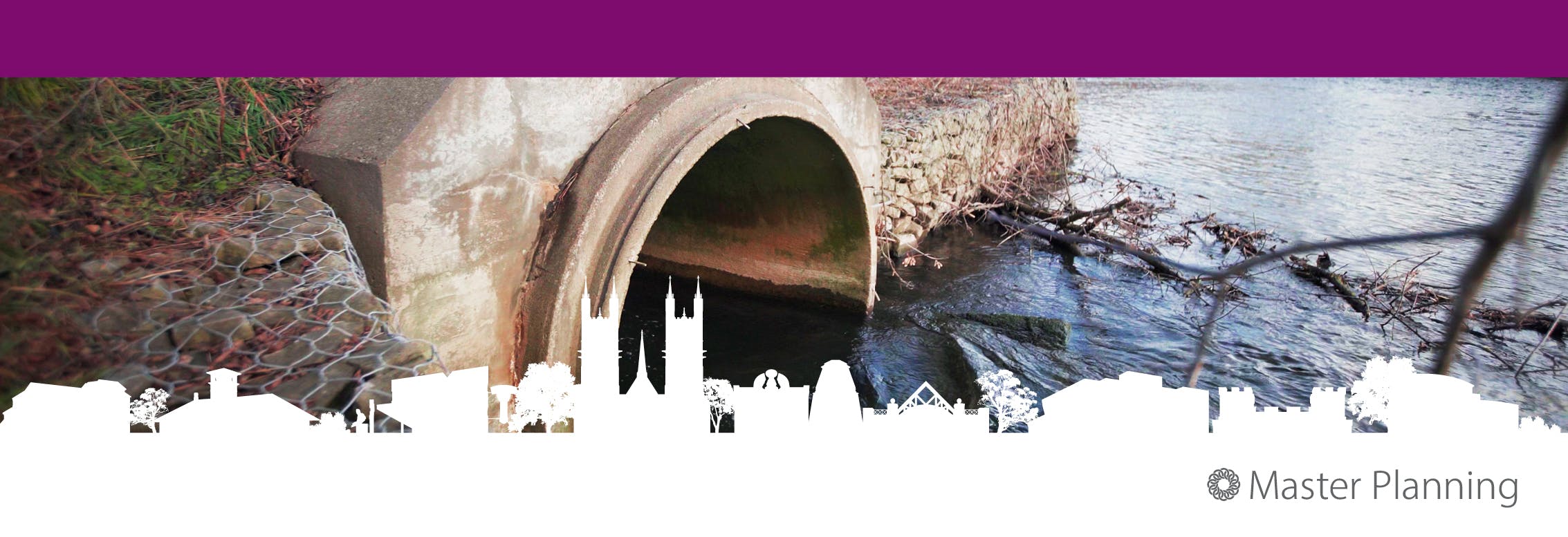FAQs
- Water Supply Master Plan
- Solid Waste Management Master Plan
- Water and Wastewater Servicing Master Plan
- Stormwater Management Master Plan
- Speed River Assimilative Capacity Study
- Sewer Use Bylaw Update
What is the Wastewater Treatment and Biosolids Management Master Plan?
The Wastewater Treatment and Biosolids Management Master Plan provides a long-term overall wastewater processing and management strategy that supports the existing community and its growth to 2051 and beyond. It integrates social, environmental and financial sustainability principles. Updates to the Master Plan are coordinated with the City’s Municipal Comprehensive Review and follow Phases 1 and 2 of the Municipal Class Environmental Assessment process and meet the needs of the Province’s Growth Plan for the Greater Golden Horseshoe.
What is a Municipal Class Environmental Assessment Process? What does this mean for the Wastewater Treatment and Biosolids Management Master Plan?
The Municipal Class Environmental Assessment Process is an approved process under the Environmental Assessment Act. The Master Plan is being conducted in accordance with the requirements of Phases 1 and 2 of the Municipal Class Environmental Assessment Process. The Class Environmental Assessment process provides a consistent, streamlined and easily understood process for planning and implementing municipal infrastructure projects. It also ensures public and stakeholder participation.
By completing Phases 1 and 2 of the Municipal Class Environmental Assessment process, The City can expedite the implementation of certain servicing solutions identified in the Wastewater Treatment and Biosolids Management Master Plan.
Why does Guelph’s Wastewater Treatment and Biosolids Management Master Plan need to be updated?
The City’s current Wastewater Treatment Master Plan and the Biosolids Management Master are both due for an update. Updating the Plan on a regular basis (i.e. every 5-7yrs) ensures projects and initiatives reflect the city’s evolving needs and challenges as well as addressees any emerging regulatory changes. Updating the Master Plan also allows the City to Plan and Budget for future capital works.
When will the Wastewater Treatment and Biosolids Management Master Plan Update be complete?
We aim to complete the Wastewater Treatment and Biosolids Management Master Plan Update in 2021.
What happens after the Master Plan is completed?
Once the Plan is completed and approved by Council, we will initiate the implementation of the strategy identified in the Master Plan. This includes carrying out appropriate policy and program recommendations, maintaining existing wastewater infrastructure, and building new infrastructure in accordance with the Class Environmental Assessments process.
Are other City initiatives related to the Wastewater Treatment and Biosolids Management Master Plan Update?
Guelph is completing the Wastewater Treatment and Biosolids Management Master Plan Update in coordination with the City’s Municipal Comprehensive Review. Directly related to the Wastewater Treatment and Biosolids Management Master Plan Update are:
How have the projected future water demands been considered with the current and future capacity of the Guelph WWTP?
The Water Supply Master Plan is integrated with the Wastewater Treatment and Biosolids Management Master Plan through the water demand forecasts. The water demand forecasts are based on the number of people in Guelph by 2051 and how much water they will use during the same time period.
The water demand forecast is used in the Water Supply Master Plan to determine how much new water is needed and when it is needed in the future. Similarly, the water demand forecast is used as an input into the Wastewater Treatment and Biosolids Management Master Plan since most of the water demand ends up as wastewater. The Wastewater Treatment and Biosolids Management Master Plan then identifies alternatives to address the future wastewater treatment requirements as well as improvements and upgrades to ensure that there is existing wastewater treatment capacity when it is needed.

